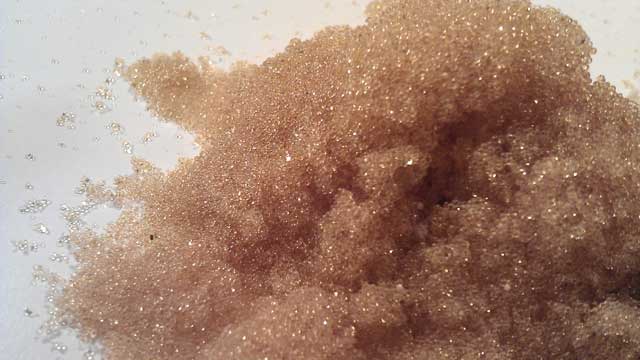Initiatives
PFAS in Landfill Leachate
Landfill leachate is the effluent formed by rainwater percolating through waste in landfills. Leachate generation may continue even after a landfill’s closure period, as a result of inherent liquids in the waste or if the cap system fails.
We estimate that between 27.7–29.2% of landfilled PFAS is collected with leachate in the US. That amounts to about 1,241–1,407 lbs (563–638 kg) of PFAS in leachate per year.
Several factors can affect the type and concentration of PFAS in landfill leachate:
- Type and amount of waste landfilled
- Age of the landfill
- Sampling locations and years
- Climate
- Industrial discharges
Landfills located in wet weather regions may show much higher PFAS leaching than those in temperate and arid regions, because abundant precipitation facilitates the leaching process.

Survey on leachate at public landfills
Drs. Stephanie Bolyard (Florida State University) and Nick Chen (University of Central Florida) are conducting a short survey on the generation and treatment of leachate at public landfills in the Eastern US and Pacific Northwest in 2021. More information about the study is on MySWANA.
Reps for eastern US & Pacific Northwest public landfills can fill out the survey hereHow PFAS is treated in landfill leachate
Landfill leachate can be treated on-site or off-site. The most common off-site treatment is to export leachate to a wastewater treatment plant (WWTP where) it is mixed with wastewater and treated.
On-Site Leachate Treatment Technologies
Adsorption and ion exchange

Adsorption is a physical mass transfer process that uses ionic forces to bind the entire PFAS molecule to the surface areas of adsorptive media (such as iron and aluminum).
Ion exchange targets and binds to the hydrophilic ionized—or functional—end of the molecule (for example, the sulfonate in PFOS), while releasing an equivalent amount of an innocuous ion (for example, chloride) into treated water.
Granular Activated Carbon (GAC)

Removal of PFAS by GAC is a physical mass transfer process from the liquid phase into solid media. GAC is very similar to adsorption technologies, except it does not involve or trigger any form of chemical degradation or transformation. Temporary and permanent GAC systems can be rapidly deployed and require minimal operator attention (if intensive pretreatment is not needed).
Reverse Osmosis

Reverse osmosis is a technology used to remove a large majority of contaminants (including PFAS) from water by pushing the water under pressure through a semipermeable membrane. The most common membrane module configuration is spiral-wound, which consists of flat sheet membrane material wrapped around a central collection tube.
Other technologies are still being researched:
- Modified bentonite adsorbents
- Foam fractionation
- Supercritical water oxidation
- Low temperature plasma
- Photochemical degradation
Co-Treatment Issues with Wastewater Treatment Plants
The most common off-site approach is to export leachate to a wastewater treatment plant (WWTP where) it is mixed with wastewater and treated. However, conventional wastewater treatment technologies are generally unable to treat or control PFAS.
- Over 60% of active landfills discharge PFAS to wastewater (EREF, 2018)
- Contribution relatively minor (Masoner et al., 2020)
- Non-leachate sources contribute greater mass to effluent than leachate
Barriers to Research
- Shorter-chain compounds not measured
- Unregulated compounds not being tested for
Further Reading
- Allred, et al., “National Estimate of Per- and Polyfluoroalkyl Substance (PFAS) Release to US Municipal Landfill Leachate”, Environ. Sci. Technol. 2017.
- Ivan Cooper, “PFAS and Landfill Leachate”, SWANA Blog post, 2021
- North Carolina PFAS Testing Network
- Wei, et al., “Treatment of per- and polyfluoroalkyl substances in landfill leachate: status, chemistry and prospects”, Environ. Sci.: Water Res. Technol., 2019
- Yu, et al., “Sorption of perfluorooctane sulfonate and perfluorooctanoate on activated carbons and resin: Kinetic and isotherm study”, Water Res., 2009.
Advertisement
Special Thanks
A special thank you to the Landfill Technical Division Landfill Leachate and Liquids Committee for providing up-to-date scientific and technical data about PFAS in solid waste.
Join Team/Contribute






